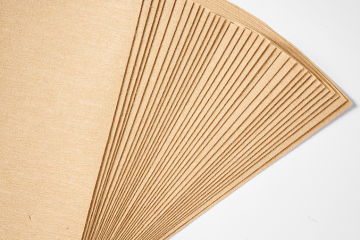Coffee filter paper, a vital component in brewing coffee, experiences fluctuations in pricing influenced by various elements, including production expenses, market rivalry, consumer preferences, and governmental policies and regulations.
Factors Influencing Prices
Production Costs: These directly dictate the final selling price of coffee filter paper. They encompass raw material, processing, packaging, and transportation costs. Notably, raw material costs constitute a significant portion, with variations seen in the production costs of different materials like paper and fiberglass.
Market Competition: Brands often resort to price reductions and promotional strategies to bolster their market share in the intense competition, thereby influencing coffee filter paper prices.
Consumer Demand: This is another pivotal factor. As consumers’ expectations for coffee quality escalate, the demand for coffee filter paper diversifies. Consequently, filter papers of varying sizes, materials, and applications command different prices to cater to diverse consumer needs.
Policies and Regulations: Changes in these can also impact coffee filter paper prices. For instance, the enforcement of environmental protection laws may necessitate the adoption of eco-friendly materials and processes, hiking production costs and, subsequently, prices.

Price Trends
Overall Trend: Historical data indicates a gradual increase in coffee filter paper prices, driven by factors like escalating production costs, heightened consumer demand, and intensified market competition.
Price Variations by Type: Various coffee filter papers differ in price. Glass fiber filter paper, noted for superior filtering and durability, commands a higher price. Conversely, paper filter paper is popular due to its affordability and convenience.
Regional Price Differences: Prices vary across regions, with economically developed areas generally having higher prices than less developed ones.
Coffee filter paper technological advancements and optimized production will likely lower costs, providing consumers with more affordable options. Increased environmental awareness will prompt firms to adopt eco-friendly materials and practices, promoting sustainability in the market.



0 Comments